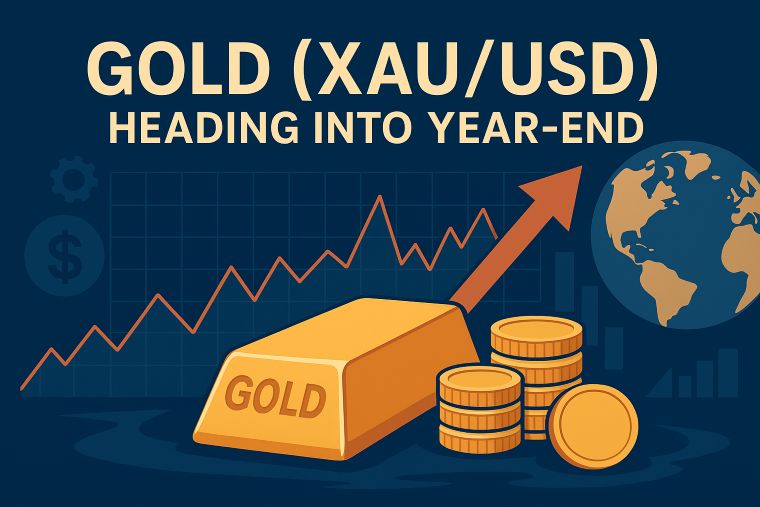2 min to read
Gold rebounds from its decline, while oil prices fall after the sharp rise following OPEC production cuts
Gold initially fell with the strengthening US dollar.

“Gold rebounds from its decline, while oil prices fall after the sharp rise following OPEC production cuts”
Gold initially fell with the strengthening US dollar and rising real yields, dropping below the key level of $1,980. However, it quickly rebounded and rose as the dollar and yields stabilized.
The volatility of gold could continue due to opposing pressures. While fears of an imminent economic downturn have eased with the release of positive economic data and decreasing expectations of interest rate cuts by the Fed, ECB, and Bank of England, central banks such as China, Russia, and Turkey are continuing to buy gold, supporting its price against negative pressure from rising yields.
For gold to resume its upward trend and reach record highs, concerns of a recession must resurface, making economic data from major economies, such as corporate surveys, the primary driver for market movement.
On the other hand, oil prices have fallen significantly this week after a sharp rise earlier this month following OPEC’s production cuts announcement.
The sudden change in sentiment was not triggered by any particular factor, but the rise in China’s economic growth rate and the decrease in US crude oil inventories could have been positive news for energy prices.
The drop in oil prices has affected the Canadian dollar, which is linked to the energy market through exports. Although oil prices have not yet fallen to around $75 per barrel before OPEC’s production cuts earlier this month, if the mood in the stock market worsens, oil prices and the Canadian dollar could both continue to decline.
The stock market seems to be losing momentum, as Tesla reported a decrease in earnings for Q1 and futures indicate a drop in prices by approximately 8%. Elon Musk, CEO of Tesla, mentioned the company’s willingness to sacrifice profits in the short term to expand market share in the electric car price competition, which could be a significant cause for the decline in Tesla’s stock price.
As a whole, the expansion of central bank balance sheets and the injection of liquidity have supported the strong market recovery this year. However, this rally has only made valuations more expensive amidst decreasing corporate profits, so there is a risk of facing the reality and taking damage.
Today, there have been ongoing statements from Federal Reserve Board members. The released inflation data from New Zealand was well below expectations, leading to increased speculation of a rate cut by the Reserve Bank of New Zealand. As a result, the New Zealand dollar is currently falling.
Today’s focus is on statements from Federal Reserve Board members, including Governor Waller, President Mester of the Cleveland Federal Reserve, and President Kaplan of the Dallas Federal Reserve. This may be the last opportunity to connect market expectations before the blackout period before the next meeting, which starts this Saturday.
Tomorrow, Japan’s inflation data is scheduled to be released, which could be a market indicator of whether policy changes will be considered at the Bank of Japan’s meeting next week.
Visit XM Official Website.

